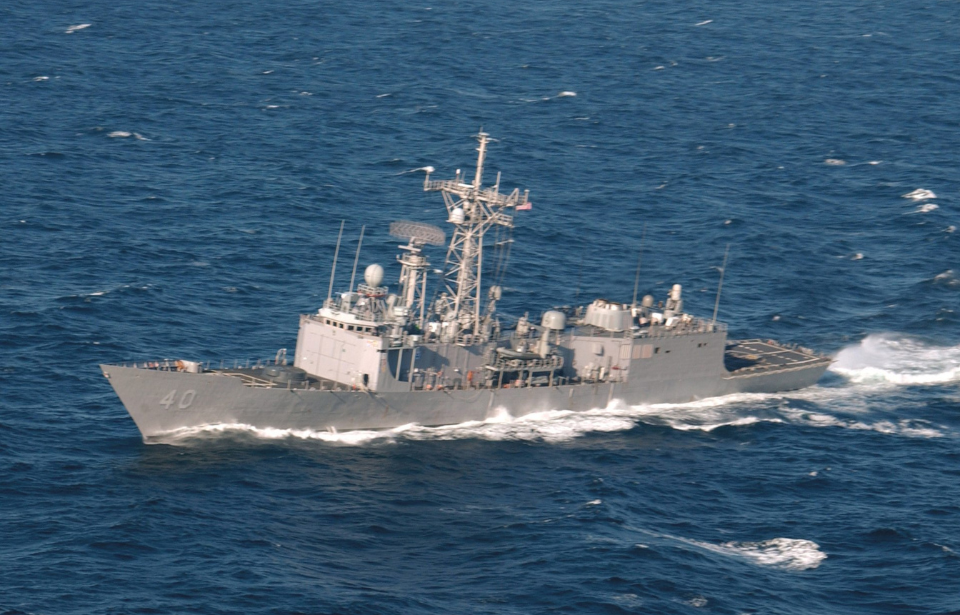If you travel across the United States, it’s likely you will come across the many decommissioned submarines and ships that have been given new life as museums. The Oliver Hazard Perry Shipyard in Erie, Pennsylvania is hoping to bring such a vessel to the local area, in the form of the USS Halyburton (FFG-40).
The non-profit organization is currently in the process of trying to make Erie the frigate’s new home, and War History Online was lucky enough to chat with CEO and Executive Director Joe Pfadt and board of directors member Mark Squeglia about their efforts and what they hope a vessel like Halyburton will bring to the region.
Battle of Lake Erie
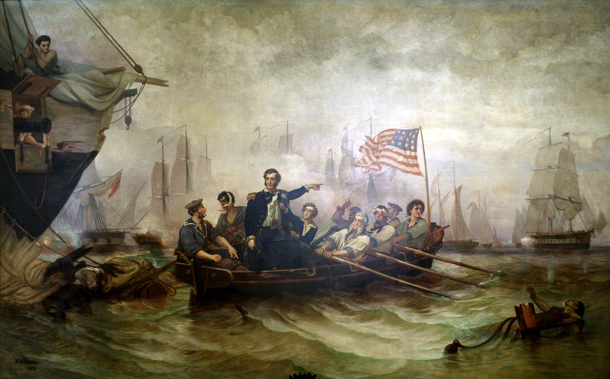
Fought between the US Navy and the British Royal Navy on September 10, 1813, the Battle of Lake Erie served as a turning point in the War of 1812. Fought in the western portion of Lake Erie, it saw the Americans, under the leadership of Oliver Hazard Perry and Jesse Elliott, fight for control of the lake against the British under Robert Heriot Barclay and Robert Finnis.
Outnumbering the British, the Americans secured a victory, not only giving them control of Lake Erie, but also leading to the recovery of Detroit, which itself had its own repercussions. As Joe Pfadt, executive director and CEO of the Oliver Hazard Perry Shipyard and a veteran of the Pennsylvania National Guard, tells War History Online, Perry’s success was important for the continued growth of the country.
“Imagine what the United States would look like if Perry would have lost the battle,” he explains. “It’s reasonable to believe that the United States would stop east of the Appalachians, so we wouldn’t have [the] opportunity for the westward expansion that’s going to occur for any of the major cities like Chicago, St. Louis – any of those places that would be the middle part of America today.
“When you look at it that way, you look at it in the balance of what he’s able to do with that small fleet and the battle that occurs on Lake Erie, his success and victory, he really defines that northern border for the United States,” Pfadt continues. “And, certainly, there is a land component that will occur, but that land component needed to have access to the Great Lakes for the British to maintain [their] power and, likewise, for the Americans to maintain power.”
Paying homage to the Battle of Lake Erie and Oliver Hazard Perry
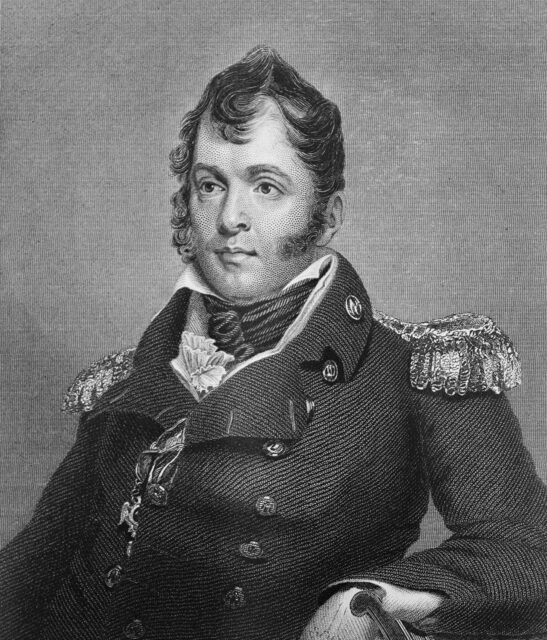
The Oliver Hazard Perry Shipyard is a non-profit located in Erie, Pennsylvania. Named in honor of the famed commodore, the organization is spearheading a campaign to bring a decommissioned Oliver Hazard Perry-class frigate to the area and turn her into a museum ship.
The idea is the brainchild of Pfadt, who’d been questioning since the 1970s why Erie, with its rich naval history, didn’t have its own museum ship. “About five years ago, the idea kind of resurfaced. I was going through some old documents [and] actually found the program that showed the ships there were in New York,” he explains.
The ship in question is the USS Halyburton, which served with the US Navy from the mid-1980s to the mid-2010s. Along with being named for a Medal of Honor recipient, the organization is interested in the ship because of its status as an Oliver Hazard Perry-class frigate, as the commodore played a huge role in developing and expanding Erie prior to the history-defining battle.
Speaking with War History Online, Mark Squeglia, a member of the organization’s board of directors and the former interim director of the Erie County Historical Society at the Hagen History Center, explains just how important his legacy is.
“He came to Erie over the winter of 1813, basically built the fleet, assembled the fleet, acquired ships, performed all the logistics [and] brought shipbuilders to Erie, which actually grew the settlement significantly,” he shares. “So the connection between the shipyard and Perry goes much deeper than just the Halyburton being one of the Oliver Hazard Perry-class ships.”
USS Halyburton (FFG-40)
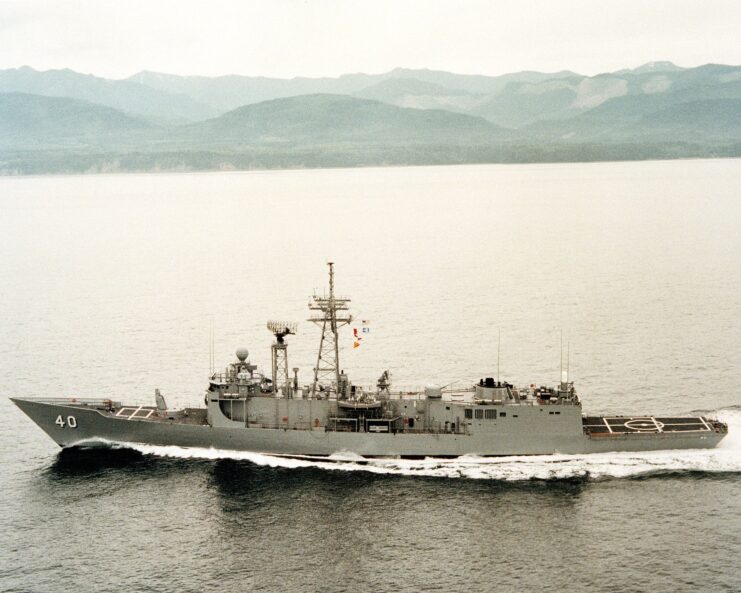
As aforementioned, the ship at the center of the Oliver Perry Hazard Shipyard’s efforts is the USS Halyburton. Named for Medal of Honor recipient Pharmacist’s Mate Second Class William D. Halyburton, the frigate served with the US Navy for three decades.
Halyburton was commissioned in January 1984, and over the course of her service received numerous Battle “E” awards for combat readiness. Her most well-known action was the rescue mission that occurred following the 2009 Maersk Alabama hijacking, when four Somali pirates took control of the US cargo ship in the Somali Basin.
While Maersk Alabama‘s crew was able to recapture the vessel, along with one of the pirates, the other three kept her captain, Richard Phillips, hostage on a lifeboat. The Navy thus organized a rescue operation, which involved Halyburton, the USS Boxer (LHD-4) and Bainbridge (DDG-96), and a team of SEALs who ultimately rescued Phillips after taking out his captors.
The hijacking and subsequent rescue mission served as the basis for the 2013 film Captain Phillips, starring Tom Hanks.
William D. Halyburton, Jr. posthumously received the Medal of Honor
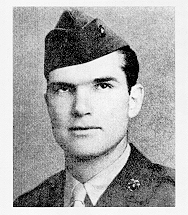
William D. Halyburton, Jr. was a hospital corpsman who posthumously received the Medal of Honor for his actions during the Battle of Okinawa. He was drafted in 1943 and placed in the Naval Reserve, given his stance as a conscientious objector. After recruit training and attending the US Navy Hospital Corps School, Halyburton was sent to the Fleet Marine Force Field Medical Service School at Camp Pendleton, California to undergo combat field training.
Landing on Okinawa with the 2nd Battalion, 5th Marine Regiment, 1st Marine Division on April 1, 1945, he was assigned to a US Marine rifle company. Over a month later, on May 10, they were advancing into the heavily fortified Awacha Draw – a strategically important ravine nicknamed “Death Valley” – and began to suffer high casualties.
Knowing his job was to aid the wounded, Halyburton, under heavy enemy fire, ran across the ravine and up a hill to the furthest injured Marine and himself was mortally wounded while using his body to shield his injured comrade. It was for this action that Halyburton was awarded the Medal of Honor.
He is buried at the National Memorial Cemetery of the Pacific in Honolulu, Hawaii.
Process of vying for a museum ship
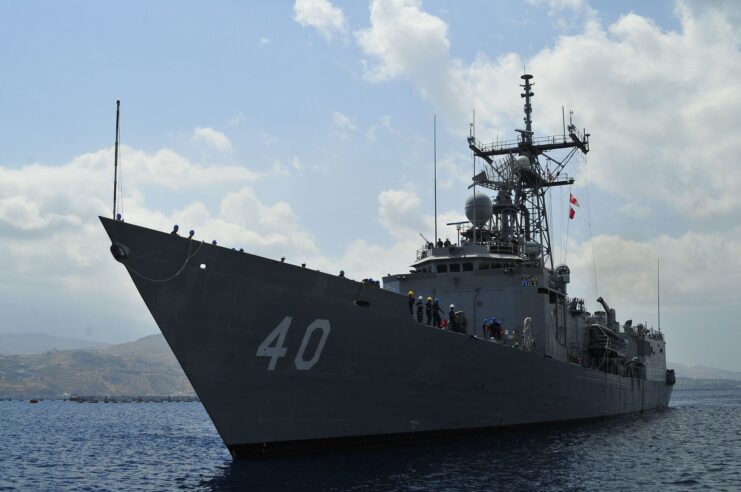
To become the new home of the USS Halyburton, the Oliver Hazard Perry Shipyard has to complete a three-phase process. The organization has done the first stage – drafting a business plan – and is about to complete the second, which requires members to submit studies about the economic, environmental, tourism and engineering impacts the ship would have on the local area.
“We need to show proof that we are basically setting up a business and we have the right business backing both from a financial aspect, but also from a ship aspect,” Squeglia explains. “How do we plan to maintain it? How do we plan to get it here? How do we plan to present it as a museum? What exhibits are we going to show? How are we going to communicate with the public?”
He adds, “I think bringing the ship to Erie is an addition, not a detraction, from the other non-profits in the area and the other museums. I think it’s a tribute to the Navy, and every Navy veteran who’s served on any type of ship within the US Navy. I think it raises the relevance of Erie as a potential destination [and] tourist spot. I think it just adds to the overall quality of life potential to Erie, Pennsylvania.”
The third phase is arguably the most difficult, as it requires the organization to draft up a plan on how it’ll get Halyburton to Erie and the type of exhibits it’ll feature aboard the frigate.
What exhibits will feature aboard the USS Halyburton (FFG-40)?
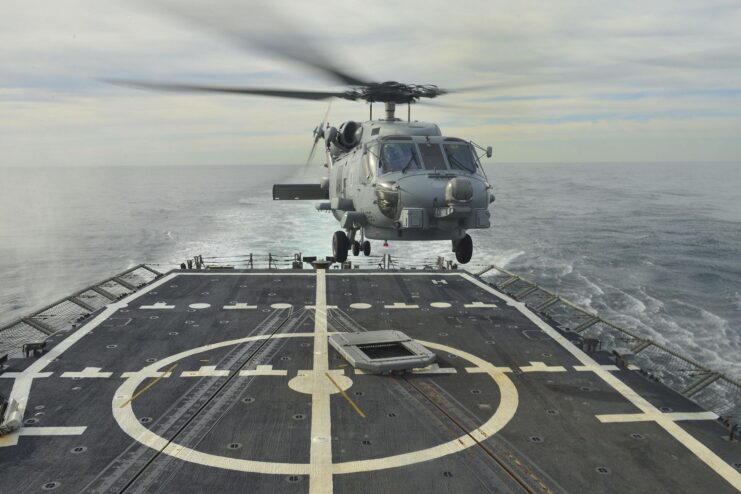
Pfadt and Squeglia have a few ideas in mind as to the types of exhibits they’d like to see featured about the USS Halyburton.
“One of the things that I would certainly like to be able to do is to have in the background some of the noises, some of the sounds that you would hear on a warship, just as if it were out on patrol; some of the things that would have come across the intercom, so that people, when they’re on the ship, it’s not silent,” Pfadt says.
He adds, “I would really like the experience to be [an] immersive one, where the person who’s touring the ship, not only do they get to see the things that are there, that the crew would have lived with, but to hear some of those things. Again, some of the communications that would have occurred onboard the ship in the background.”
Along with creating an immersive experience, the hope is to have exhibits that explain to visitors the basic workings of the ship, so they can gain a better understanding of the breadth of tasks vessels like Halyburton are tasked with completing.
“We also want to create [something] educational and interactive that children and high school students can engage in, obviously to maybe spark some interest and a career within the Navy and explain from a STEM standpoint how a US Navy ship of today works,” Squeglia shares.
More from us: A Panicked Crewman Led to the Loss of 99 British Lives Aboard the HMS Thetis (N25)
War History Online would like to thank Joe Pfadt and Mark Squeglia for speaking with us.
